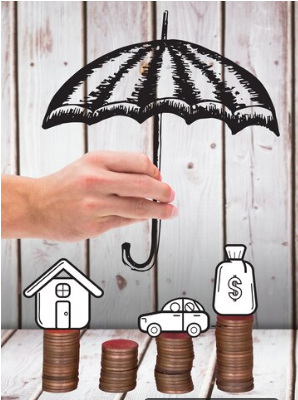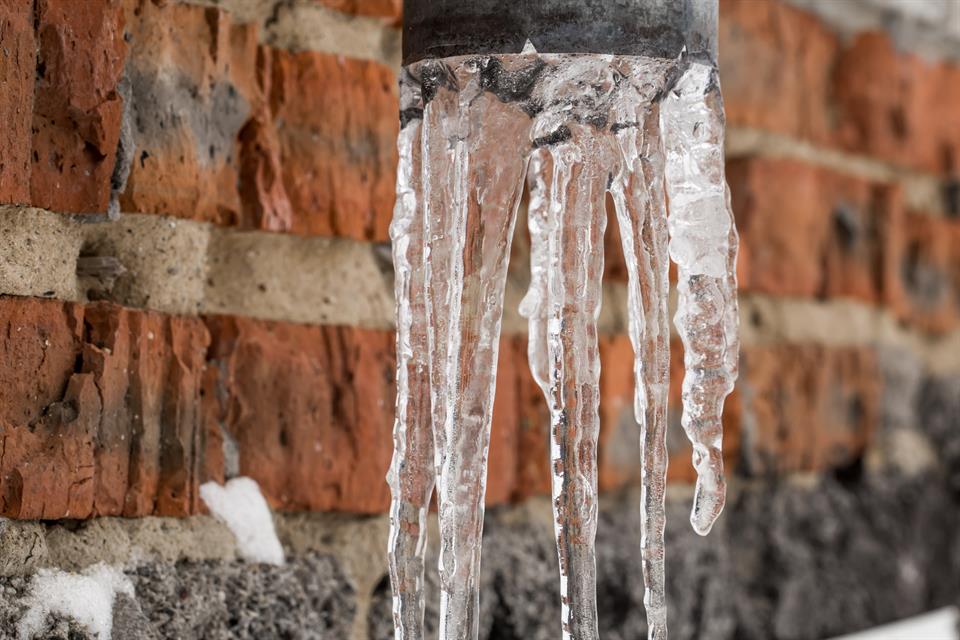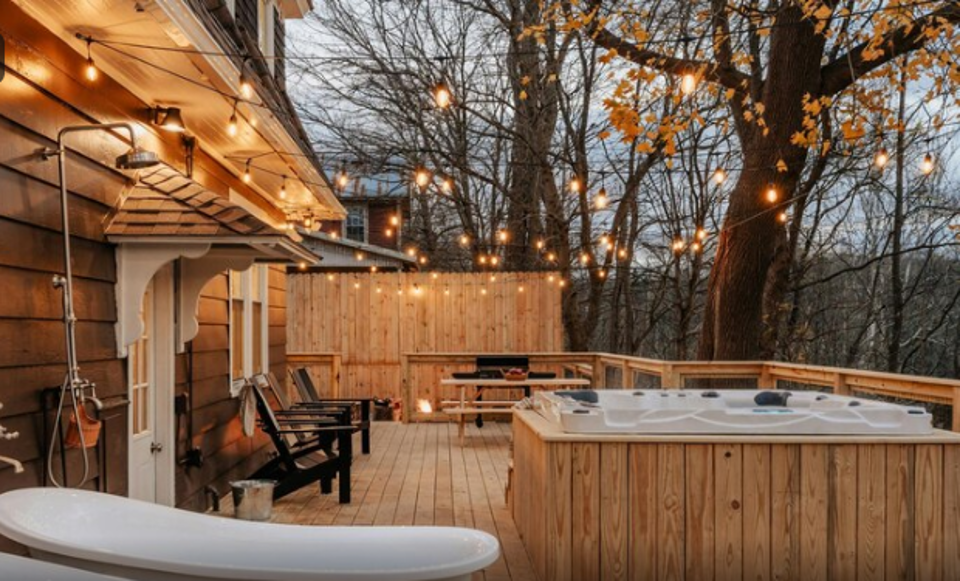Common Hurricane-Related Insurance Claims
Wind Damage Claims
Wind damage represents the most frequent hurricane-related insurance claim type, affecting roofing systems, siding, windows, and structural components. Hurricane-force winds tear off shingles, damage gutters, and compromise roof integrity, often creating entry points for water intrusion. Flying debris propelled by high winds frequently breaks windows, dents siding, and damages outdoor equipment like HVAC units. Structural damage from extreme winds can affect building framing, particularly in older constructions not built to modern wind-resistance standards. These wind claims typically receive coverage under standard homeowners policies, though coastal properties may require separate windstorm insurance. Documentation challenges arise when distinguishing wind damage from flood damage, as hurricanes often produce both perils simultaneously, creating coverage disputes between different insurance policies.
Water Intrusion and Flooding
Water damage claims during hurricanes occur through multiple distinct mechanisms requiring different insurance coverage types. Wind-driven rain entering through storm-created openings typically receives coverage under standard homeowners policies as wind damage. However, rising floodwater from storm surges, overflowing rivers, or excessive rainfall requires separate flood insurance through the National Flood Insurance Program or private flood policies. Interior water damage from roof leaks caused by wind damage generally qualifies for homeowners coverage, while basement flooding from groundwater intrusion falls under flood insurance. The complexity of water damage causation during hurricanes frequently creates coverage disputes, particularly when multiple water sources affect the same property simultaneously, requiring careful documentation of damage progression and water entry points.
Business Interruption and Additional Living Expenses
Hurricane events commonly trigger business interruption claims when commercial properties suffer damage, preventing normal operations. These claims cover lost income and continuing expenses during restoration periods, though coverage requires direct physical damage to the insured premises. Restaurants, retail establishments, and manufacturing facilities frequently file business interruption claims following hurricanes that damage their buildings or essential equipment. For homeowners, Additional Living Expenses (ALE) coverage pays for temporary housing, meals, and other costs when hurricane damage renders homes uninhabitable. These claims require careful documentation of normal living expenses versus hurricane-related additional costs, with coverage typically lasting until homes are restored or policy limits are exhausted.
Vehicle and Personal Property Claims
Hurricane-related auto insurance claims spike significantly during major storms due to flood damage, flying debris impacts, and falling tree damage. Comprehensive auto coverage typically protects against these hurricane-related vehicle damages, though flood-damaged vehicles often receive total loss determinations due to extensive mechanical and electrical system compromise. Personal property claims under homeowners policies cover hurricane damage to belongings, furniture, and electronics, though flood-damaged personal property requires separate flood insurance contents coverage. High-value items like artwork, jewelry, and collectibles may need special documentation through scheduled personal property endorsements to receive full replacement value following hurricane losses.





